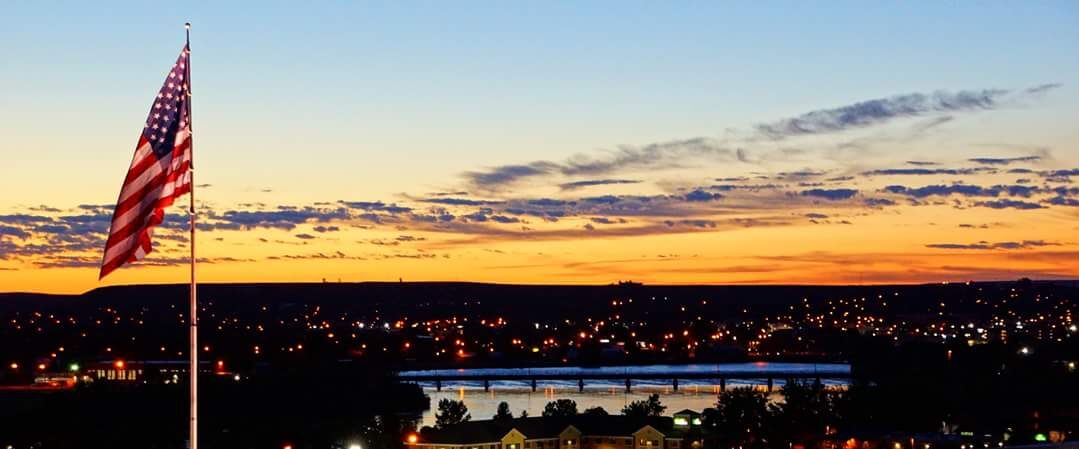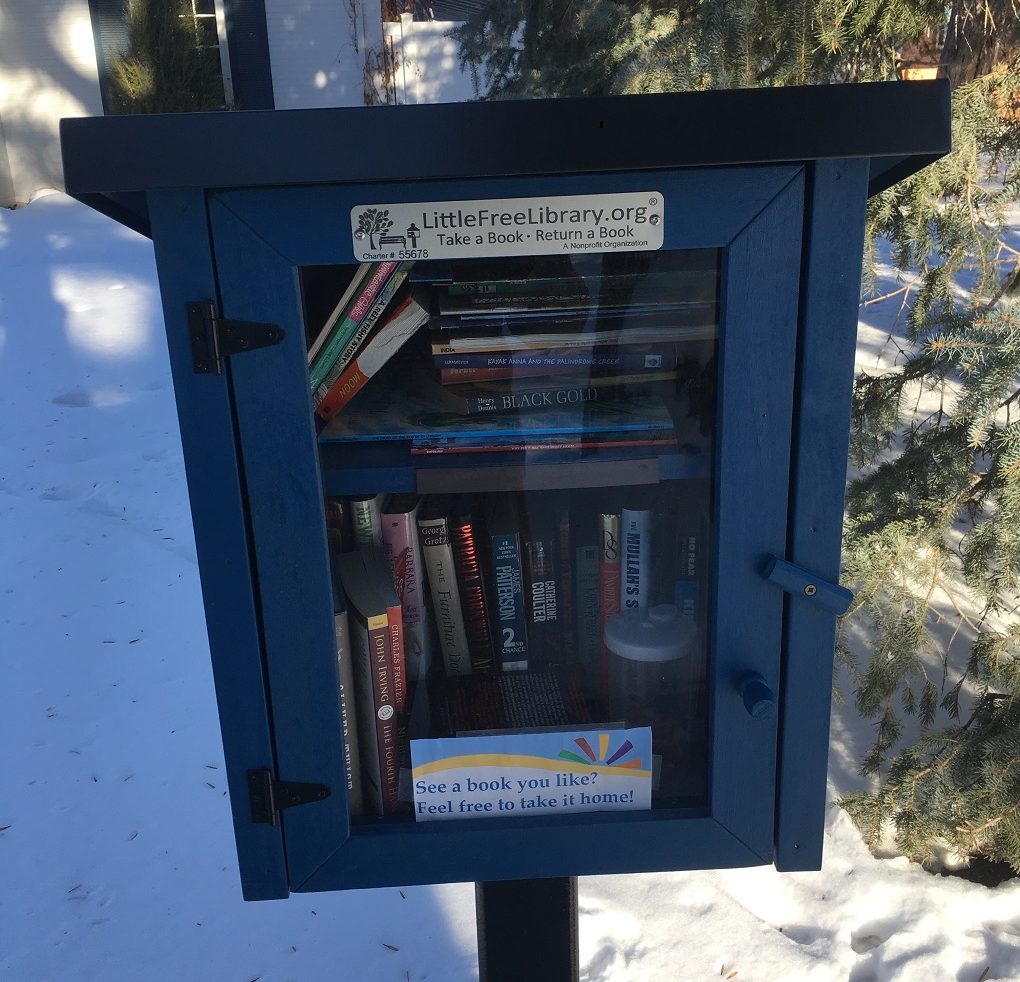Mr. Larson's information about me is not correct. There is no Deferred sentence and no probation as stated. Yes deferred prosecution and charges dropped. I did not plead guilty or nor was I found guilty. @GFtrib_JStrauss https://t.co/0lHy5nvYVa — Bob Edwards (@Bedwards_Gfalls) December 31, 2017 On New Year’s Eve, a sleepy news day, Sheriff Bob Edwards…
An Open Letter To City Commissioner Mary Moe
Dear City Commissioner Mary Moe: It was about Columbus Day, and I was seriously asking. I first asked it on Facebook on October 11. Around the same time, the same text appeared in the Tribune as a letter to the editor. On December 7, I reposted it on E-City Beat. Four days later, I followed up…
Little Free Library Is A Whole Lot Of Cool
Have you seen the little wooden houses on posts in front yards around town? They look kind of like bird houses with a glass door on the front. Those are Little Free Library boxes most likely. What is a Little Free Library? “Little Free Library is a nonprofit organization that inspires a love of reading,…
Missing A Few Pieces Of The Puzzle
Mr. Cahill’s recent piece, “Promises Made and Promises Kept” in response to a November 26, 2017 post, “Why is Great Falls Tax Money Leaving Great Falls?” accurate? Mr. Cahill’s explanation of the results of the Great Falls School District’s use of taxpayer’s dollars appears on the surface to be factual, but a few pieces of…
An Unbiased Zoning Board Of Adjustments
This week, the Cascade County Commission requested a list of anyone who has submitted a letter during the public comment period (or who has made a public comment regarding the Madison Food Park Slaughterhouse) as they consider two Zoning Board of Adjustment candidates. Commissioner Weber stated that anyone who made a public statement would likely…
PROMISES MADE AND PROMISES KEPT
Phil Faccenda recently invited me to respond to a recent blog post on E-City Beat and subsequent comments regarding the selection of an architectural firm for the design of the Great Falls High School addition and renovation and a claim that because of that decision $37 million in taxpayer money left Great Falls. I am…
Happy New Year!
Here’s hoping everyone had a wonderful holiday season and wishing all a marvelous, prosperous 2018. We look forward to continuing our mission to publish great content about our city, state and region in the coming year. Stay tuned this week for a very interesting and informative piece written by Great Falls Public School District board…
Local City And County Board Openings
There are a couple of local government boards with fast approaching application deadlines readers should be aware of (and might be interested in applying for) – The Great Falls Ethics Committee and the Cascade County Zoning Board of Adjustments. The newly created City Ethics Committee is seeking three members to serve three, two and one…
Principles Or Politics
A couple of months ago during the Great Falls City Commission campaign, I posted a Facebook request for then candidate Mary Moe calling for her to provide voters with a definitive position on historic monuments and references to local figures. The Columbus Day post was recently reposted to E-City Beat. I think it is safe…
Columbus Day: Will The REAL Mary Moe Please Stand Up?
Editors note: the following comments originally appeared on Facebook and in the Great Falls Tribune in early October, 2017 – prior to the Great Falls municipal election. Subsequently Ms. Moe has been elected to the City Commission. We are publishing the letter here as a prelude to a follow-up piece coming soon. Stay tuned. Like…











